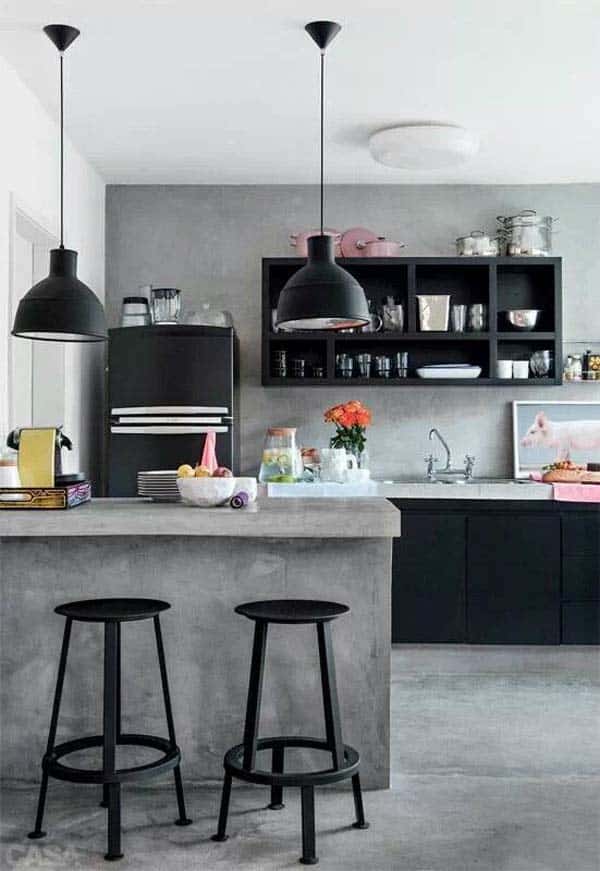
Industrial style kitchens can typically be found in old buildings and lofts, but some homeowner’s love the look so much that they are mixing it into their eclectic homes. Industrial is a very precise design because you need to incorporate salvaged materials along with vintage and antique furnishings (or new furnishings that have an aged appearance). A home’s foundation can serve as the basis for industrial style, which exposed beams, brick, metal, ductwork, pipes and various other construction elements. Old buildings and lofts serve as the perfect foundation for renovating an industrial haven with unique architecture, open space and great acoustics, perfect for creative individuals! Since industrial spaces can seem more cold and modern, infusing color into the space can add warmth and style. To keep the industrial appeal, you may want to leave some of the walls unfinished, i.e., exposed brick. Materials typically used in industrial design are concrete, wood and metal.
Whether you have a more modern or vintage approach, industrial elements add an edgier design to your dwelling. Check through the photos below for some tips on basic elements of this style and how to incorporate them into your home. Enjoy!
Use Weathered Wood. A popular look in many homes, weathered wood and furnishings are found in old factory buildings. Their rich patina is treasured in industrial lofts that adds warmth and character. You can find old wood from salvage yards, swap meats, Craigslist, and flea markets. Old floors are perfect for kitchen islands or paneled walls, and old doors and window frames can be transformed into new headboards, art, wall hangings, and tables.
A modern-rustic beach house in The Hamptons
Industrial Lighting. Popular lighting fixtures illuminating old factories included, pendant fixtures with porcelain enameled shades, cast aluminum bulb cages, and steel or ribbed glass shades. To achieve this look in your kitchen, there are plenty of modern lighting manufacturers that you can source from. You can hang these fixtures over your island, dining area, entryway or hallway for a subtle industrial element.
Fascinating preservation of former Carnegie Library
Utilize Exposed Brick. When renovating an old building, sometimes you will uncover old brick behind the drywall that is a perfect architectural element for your industrial kitchen. If you don’t have this lurking behind your drywall, you can always add brick or brick veneer, which is known for its longevity and durability. It can be used as a focal wall, backsplash, fireplace surround or to enhance an entryway.
Retro-modern infused into restored Barcelona home
Show off your Building Systems. HVAC, electrical and plumbing systems have been typically left exposed in old industrial factories. You can get this same look by incorporating an exposed piece of duct in the kitchen. You could also try using galvanized pipe for DIY table legs, create pipe light fixtures, use them as shelving brackets or a coatrack. Get your creative juices flowing!
Be sure to Incorporate some Steel. Steel columns, beams and trusses are typically found in old factories and mills. To bring this look into your kitchen, stick to steel accessories and furnishings, which will give an understated industrial touch. You can bring in steel shelving, a steel rack to hang your pots above the island, and even steel cabinets. Keep it simple with clean lines.
Unique TriBeCa loft with stylish design
Striking Manhattan loft transformation in the Glass Farmhouse
Chic studio apartment with a stylish urban design
Contemporary mountain home with vintage-rustic details
Repurposed furnishings. Mechanical devices, gears, tile, work pieces, hardware and valves are some nonstructural elements salvaged from old factories. Their durable construction makes for remarkable, creative furnishing prospects. To achieve this look, mix industrial elements and old factory pieces with other design styles to create an eclectic look. Place a collection of old tools on display or try tipping an old gear onto its side, placing a piece of glass on top for a side table.
A rustic and cozy mountain village cabin
Ultra-modern house with amazing layout in Spain
Concrete. This was a widely popular material used in old factories because of its strength, low cost and durability. If you already have existing concrete in your kitchen, an inexpensive option would be to polish or stain your floor. If you feel that concrete is too cold and modern for your tastes as a flooring material, there are other options to introduce this material into your home. Consider simple accessories such as concrete planters, table bases or DIY cinder block shelving that can help mimic the look.
Building transformed into industrial home in Portland
Photo Sources: 1. House to Home, 2. Residence Magazine, 3. Soderbergagentur, 4. Van Wicklen Design, 5. Randy Weinstein Design, 6. DISC Interiors, 7. Sarah Rcihardson Design, 8. Vartnya Hem, 9. House to Home, 10. Door Sixteen, 11. Susanna Vento, 12. Bricks Amsterdam, 13. Calvis Wyant Luxury Homes, 14. Union Studio, 15. ROMA, 16. Parker House Inc., 17. Design Platform, 18. Bennett Frank McCarthy Architects, 19. KitchenLab, 20. Michael Robert Construction, 21. Natsumi Photography, 22. Pinterest, 23. House to Home, 24. IKEA, 25. Egue y Seta, 26. Joseph Mosey Architecture, 27. House to Home, 28. Fearon Hay Architects, 29. Studio Recreation, 30. Frederick + Frederick Architects, 31. Rasmussen / Su Architects, 32. Naka Designs, 33. ESNY, 34. Jordan Iverson Signature Homes, 35. Pennville Custom Cabinetry, 36. Moss Architects, 37. Jane Kim Design, 38. Yvonne McFadden LLC, 39. Studio MMA, 40. Johnston Design Group, 41. TruLinea Architects, 42. Egue y Seta, 43. Country Living, 44. Emerick Architects, 45. Better Homes and Gardens, 46. Jarrett Design LLC, 47. CORE Architects



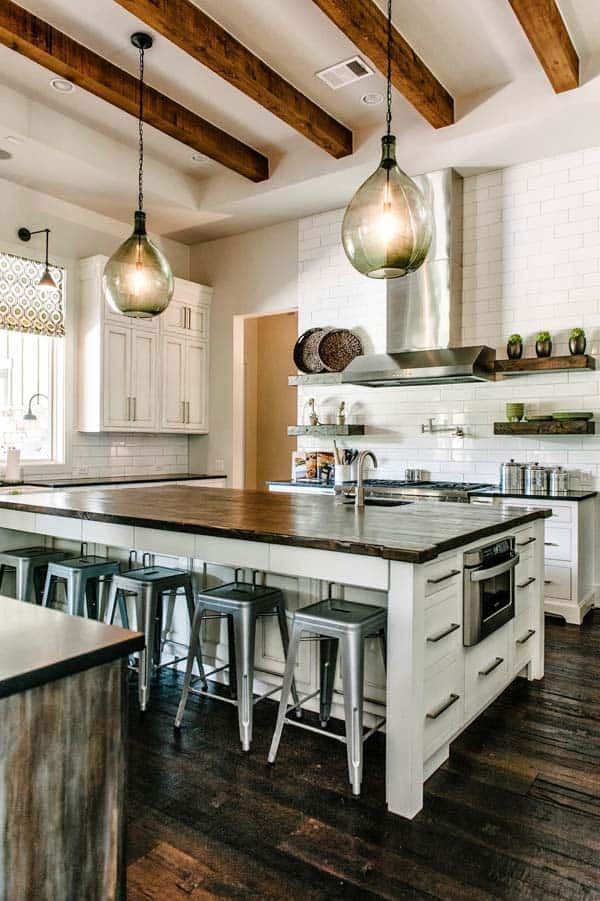
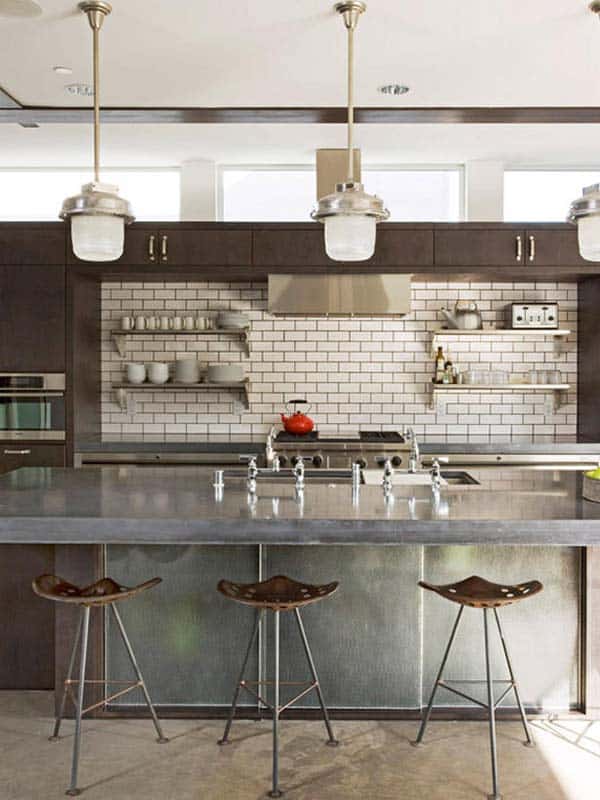
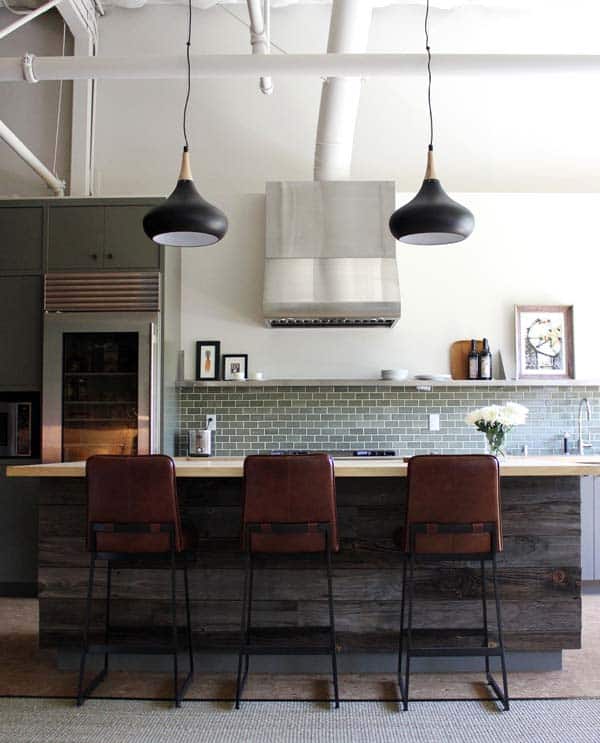
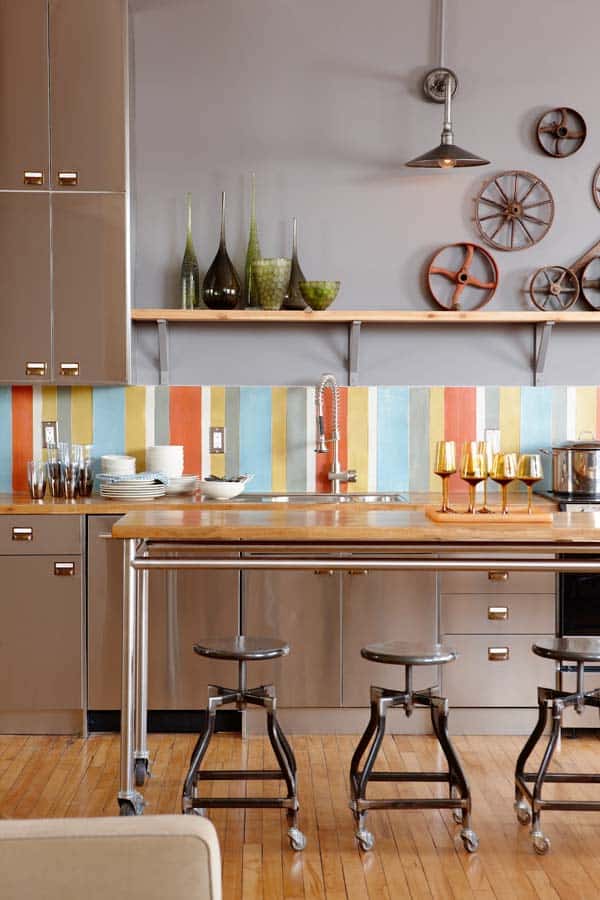
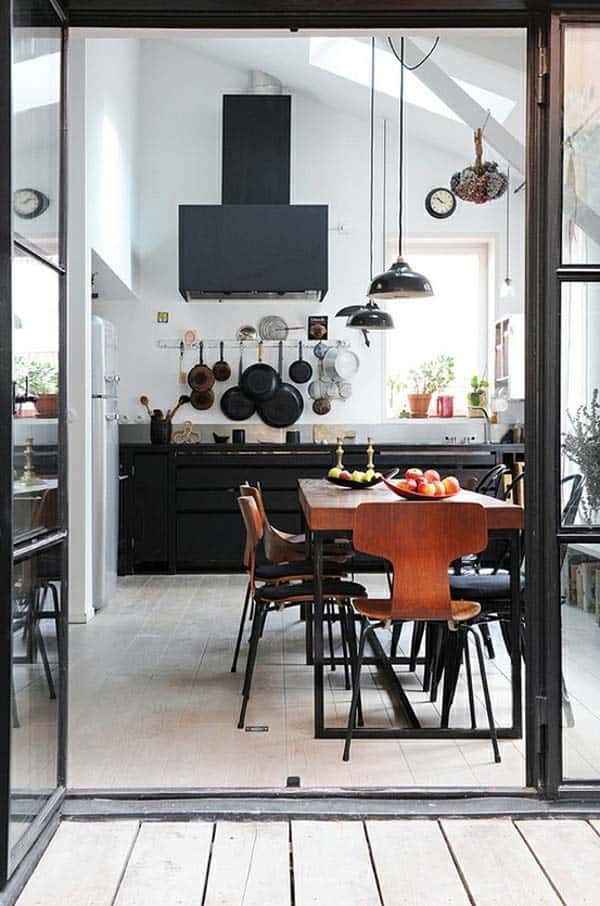


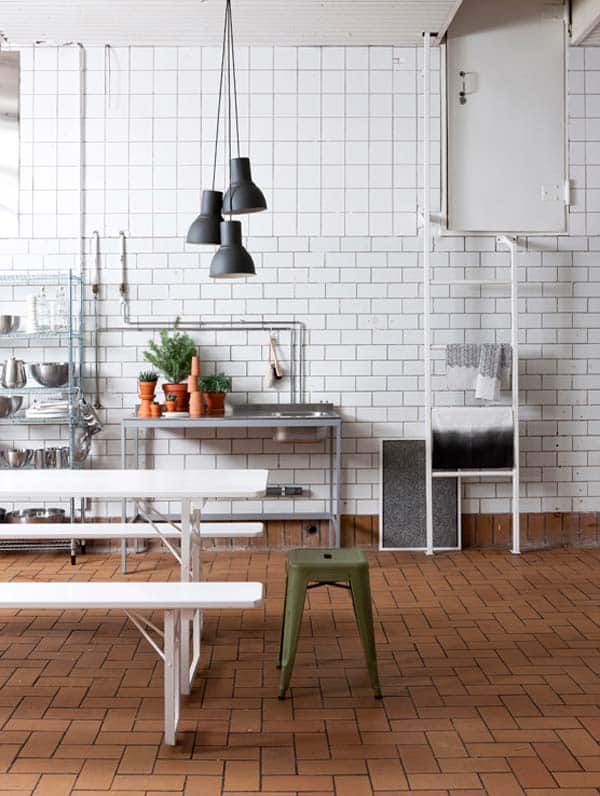
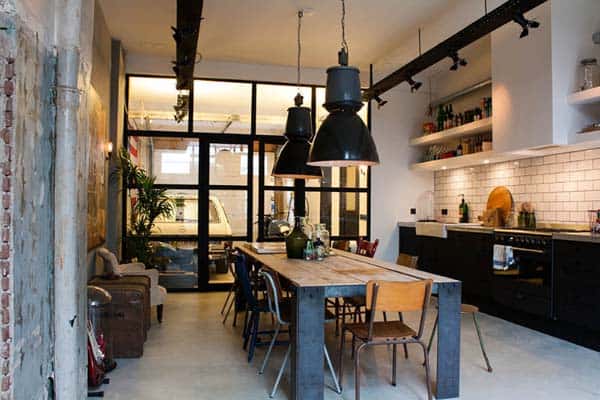
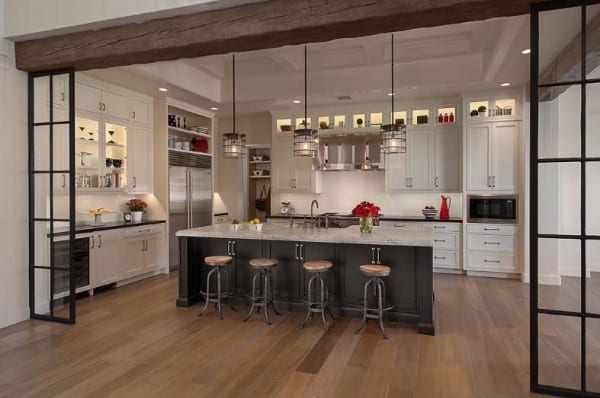
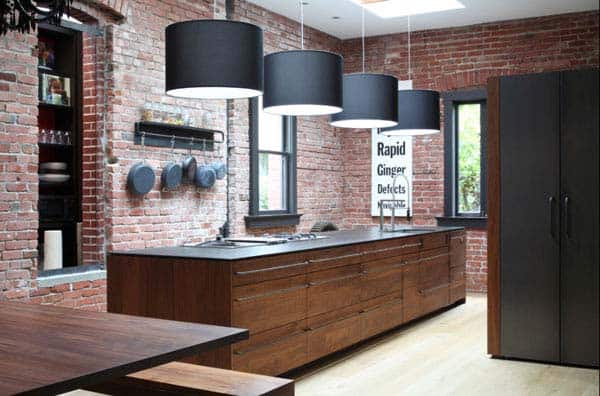
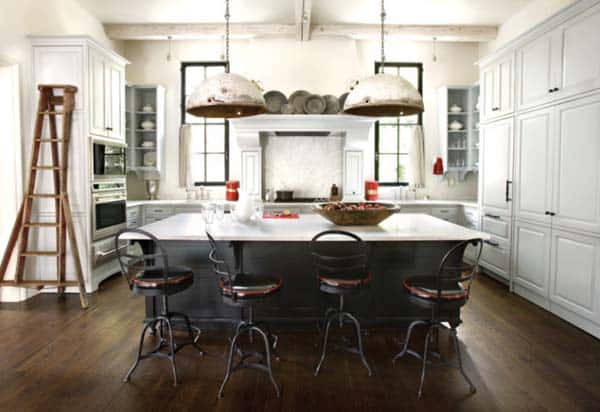
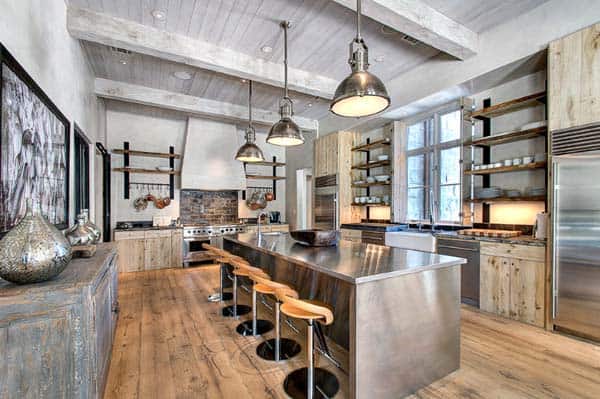
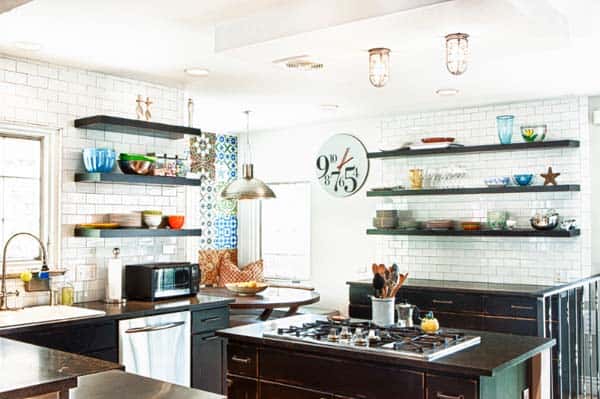
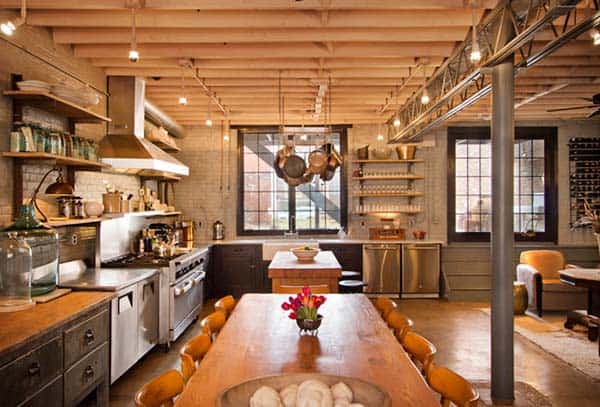

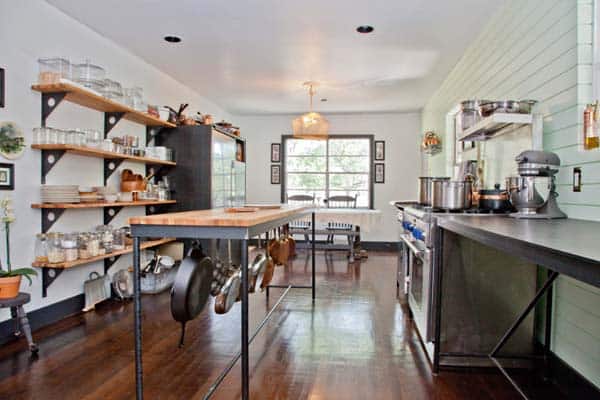
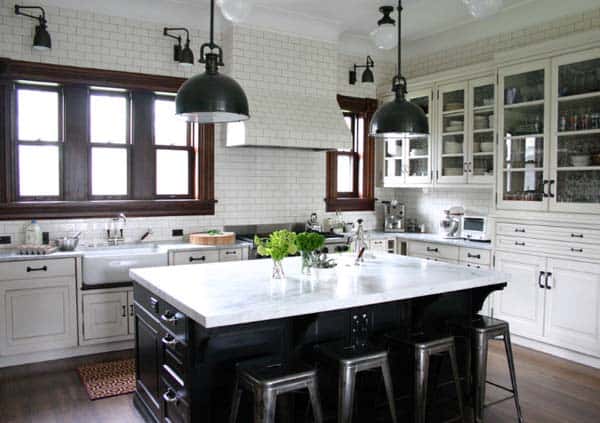
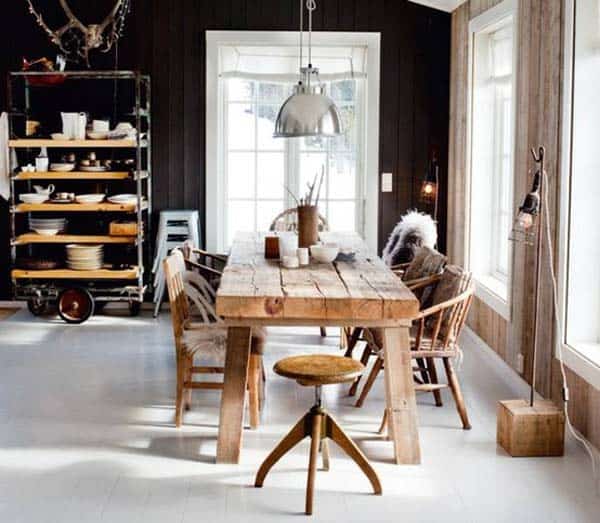
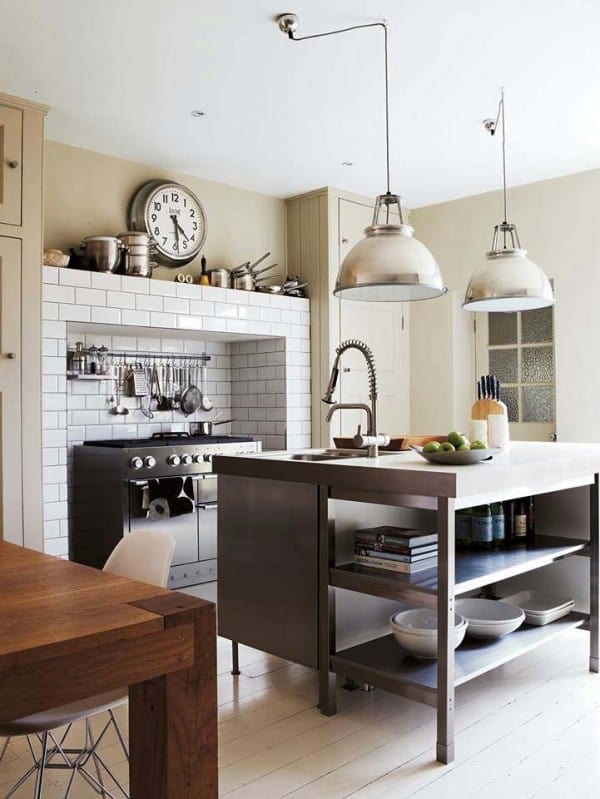
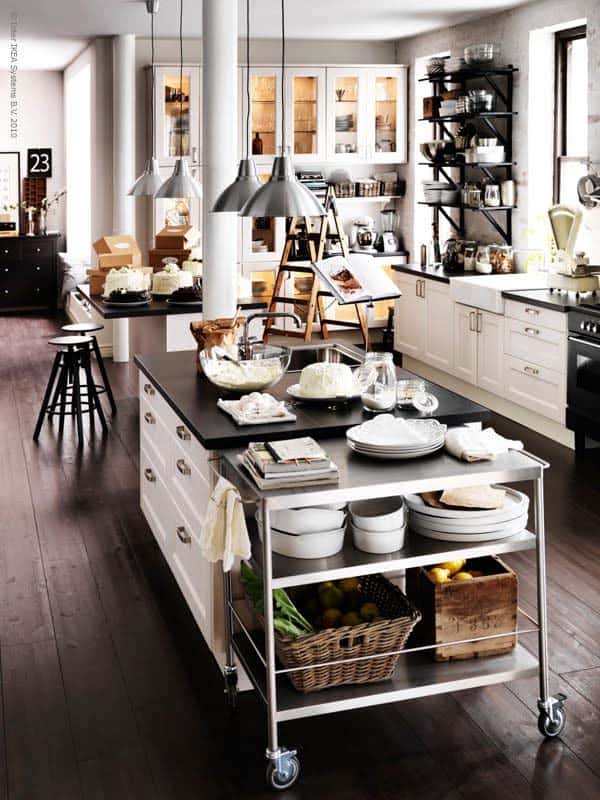
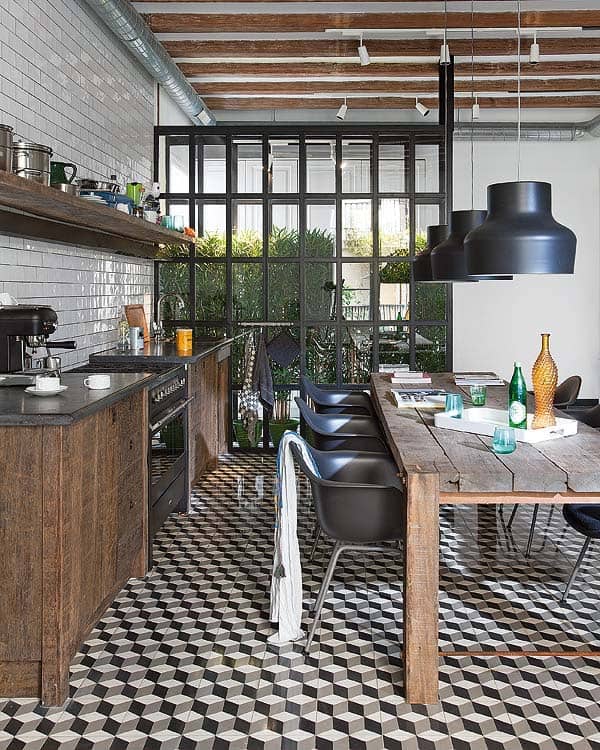
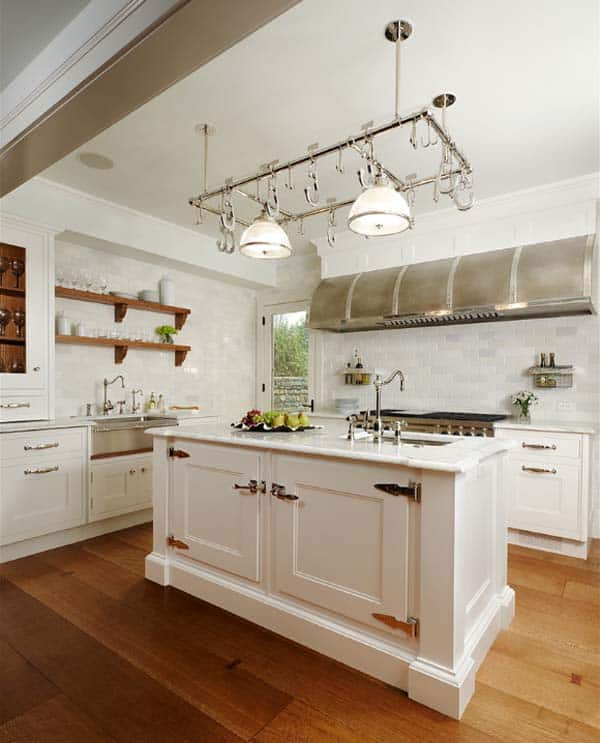
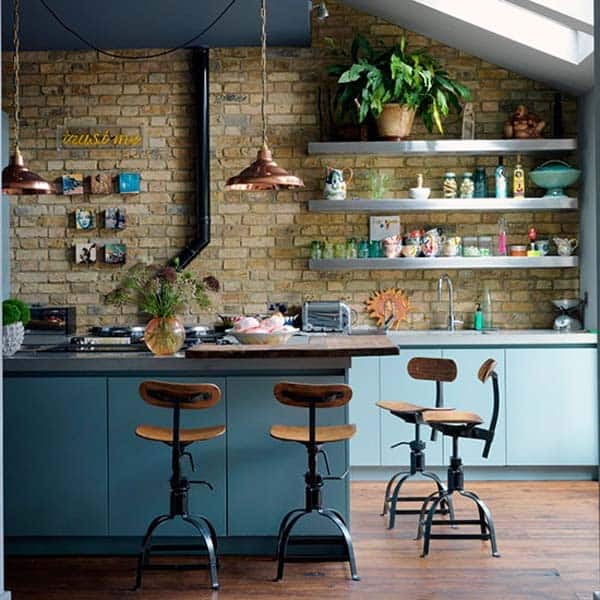
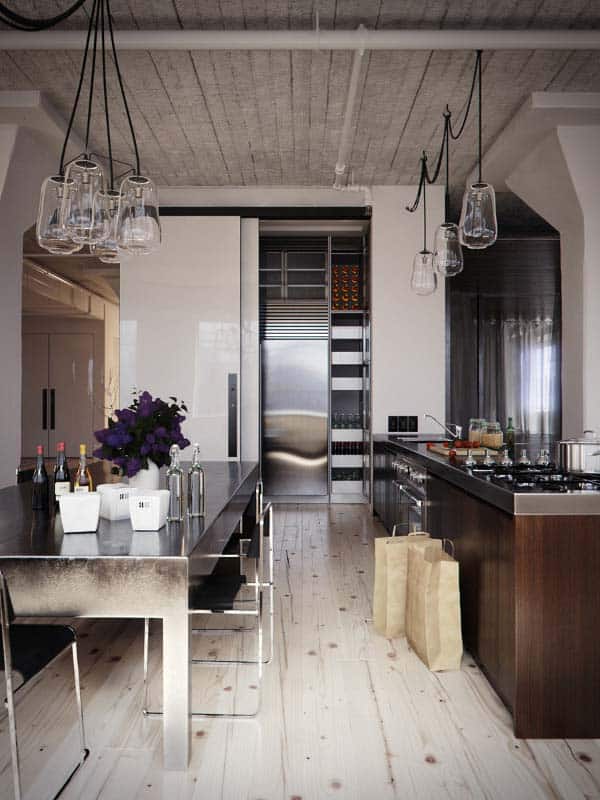
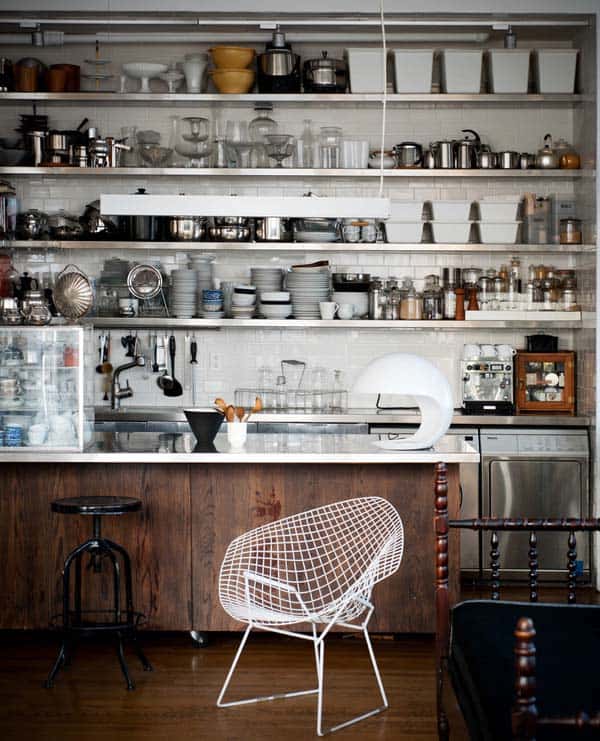
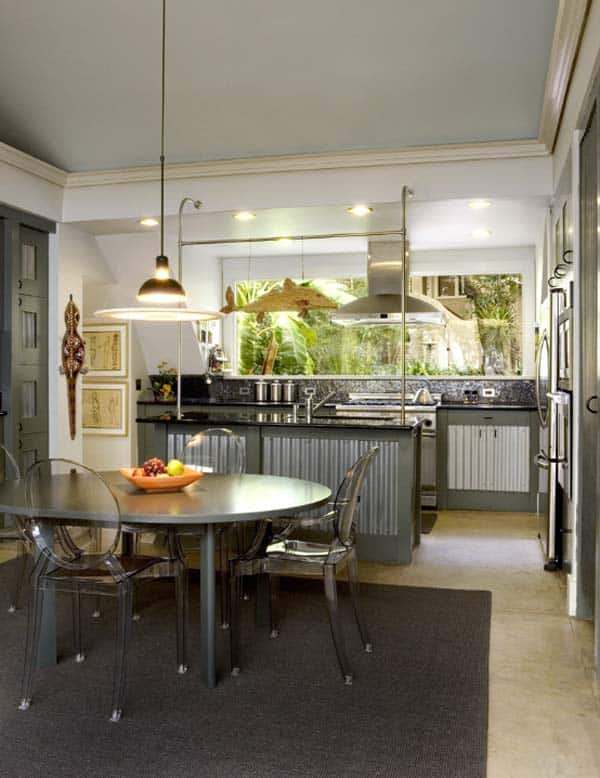
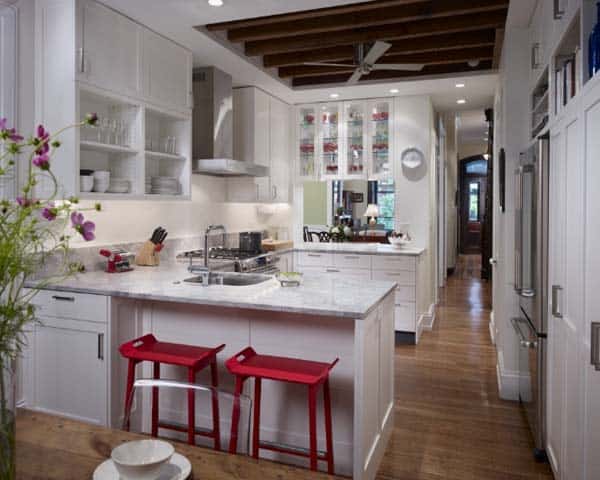
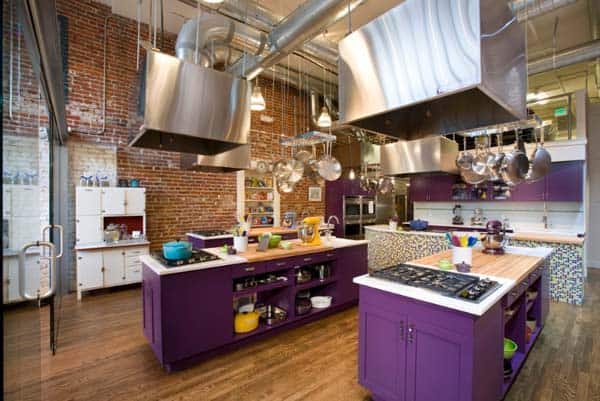
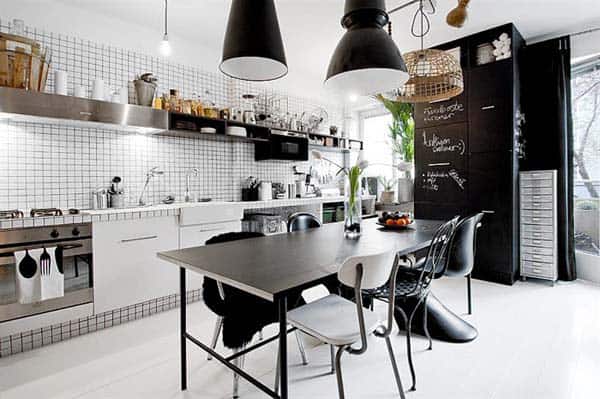
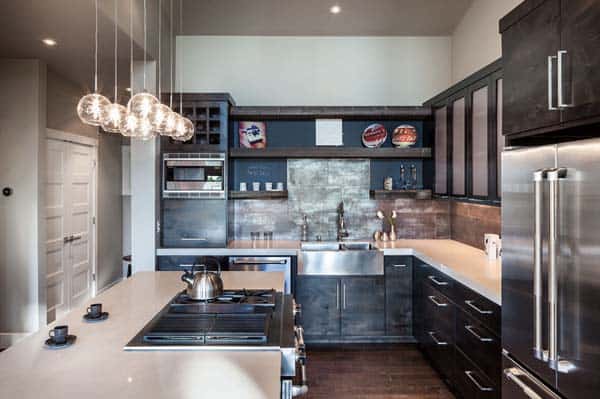
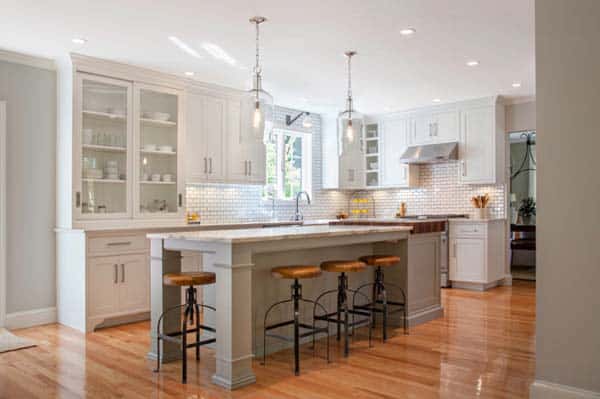

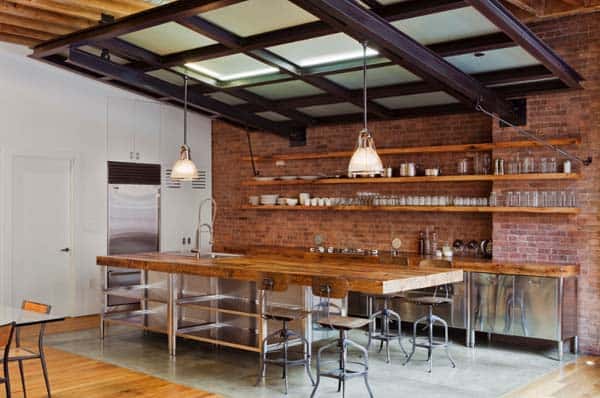
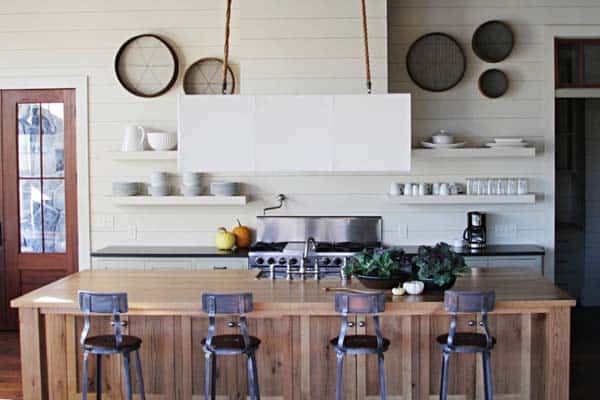
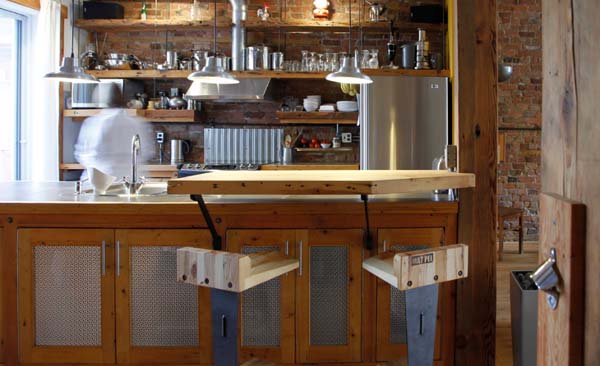
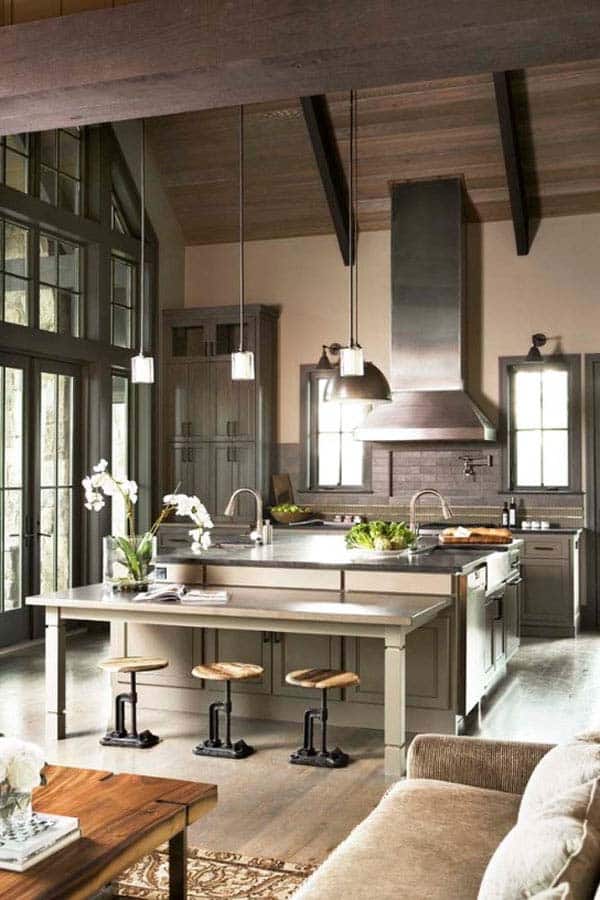
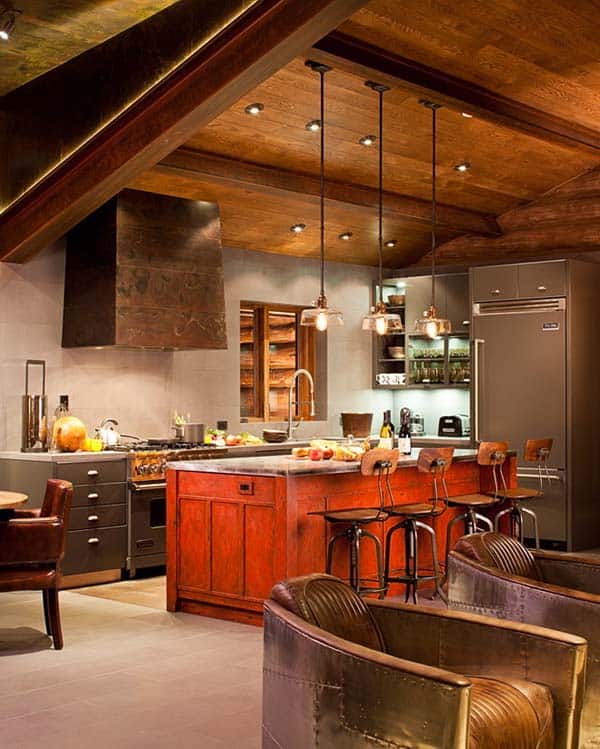
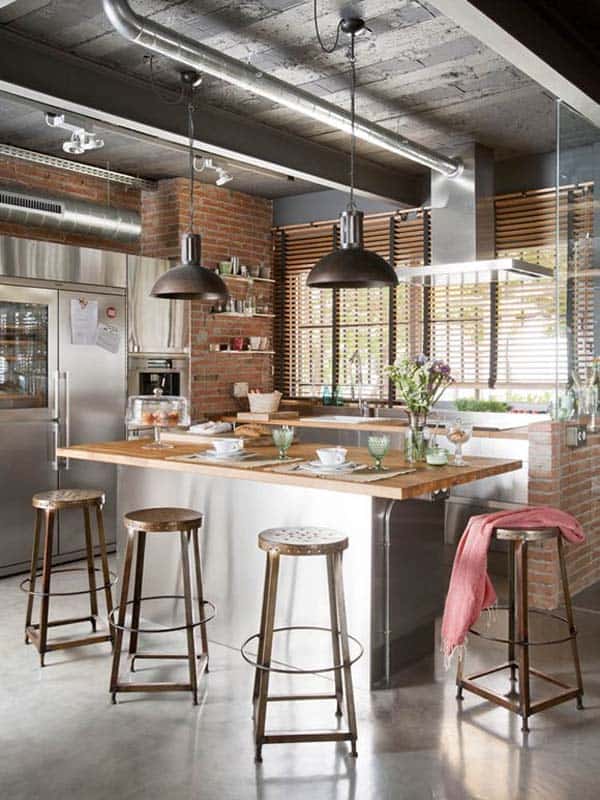

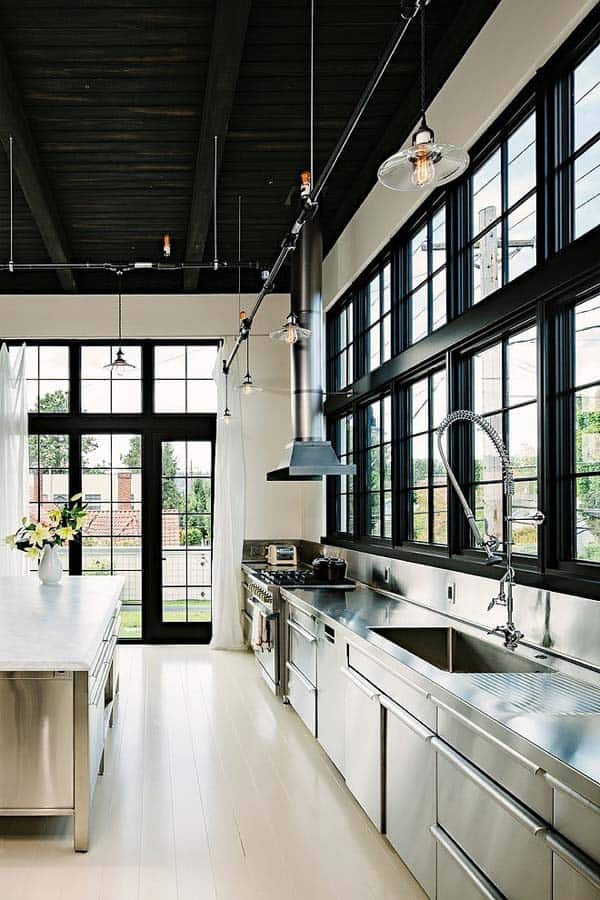
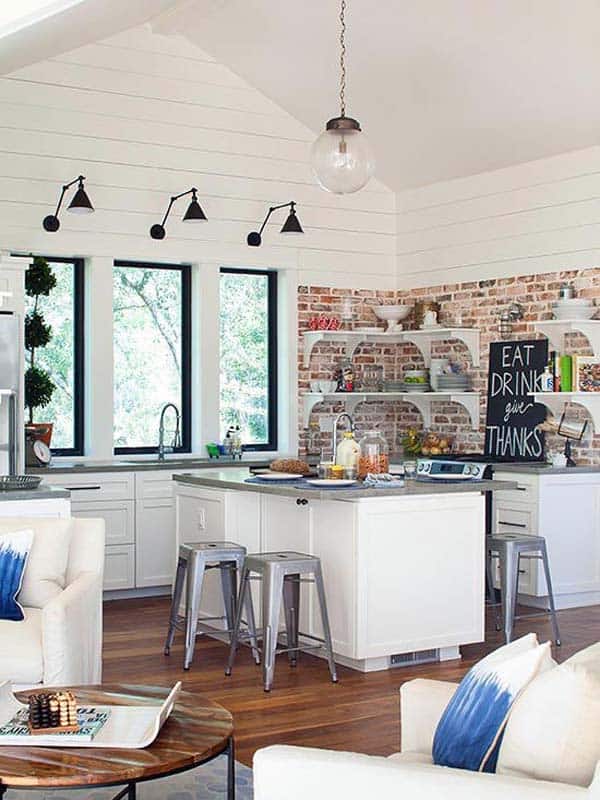
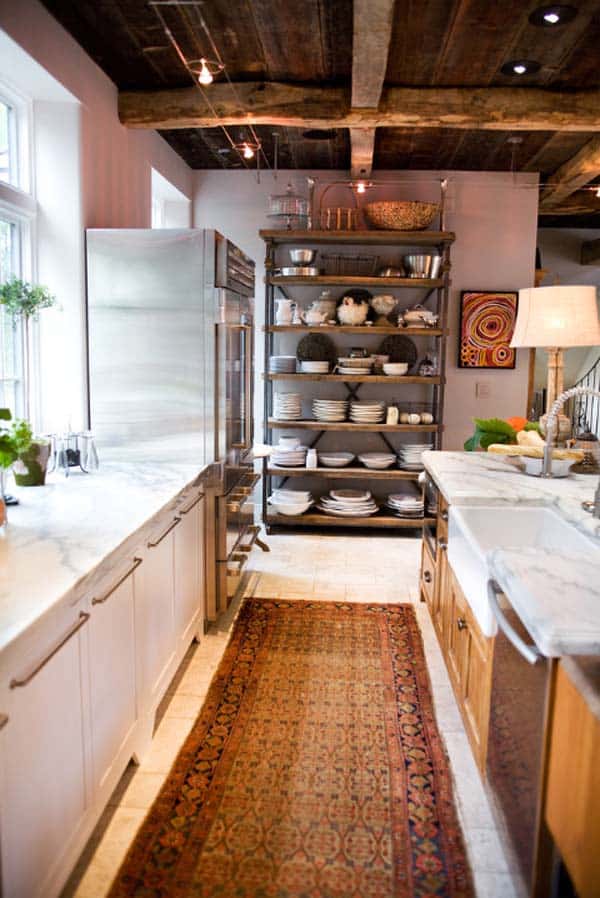

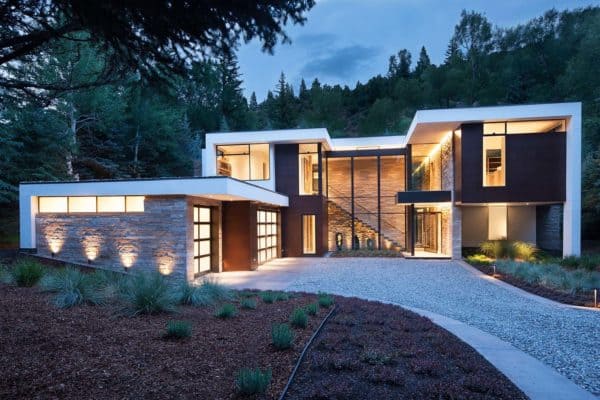

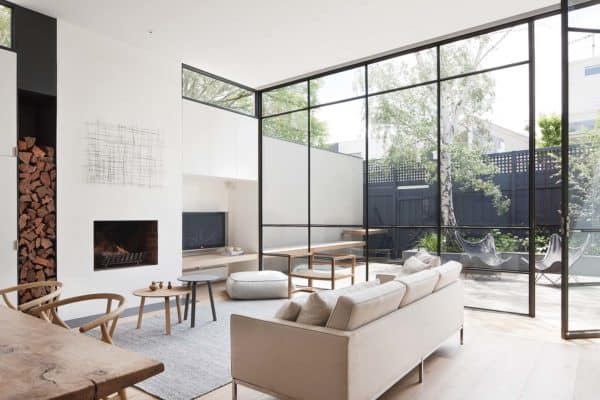



0 comments